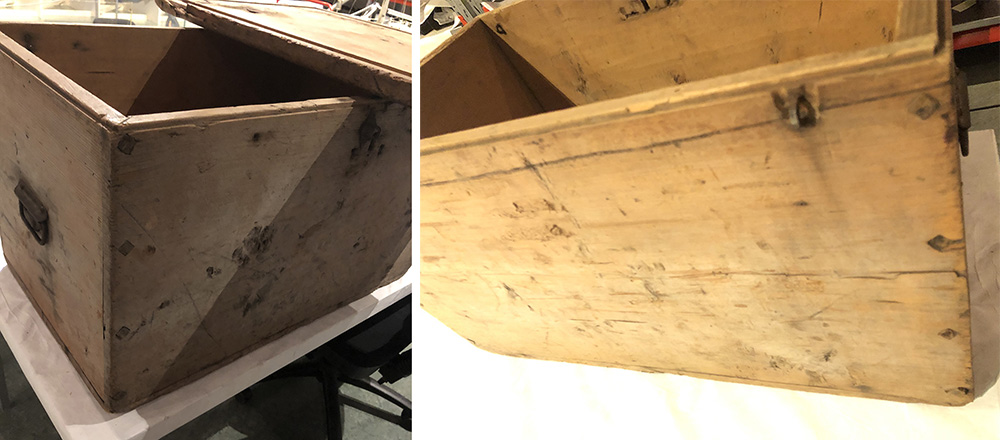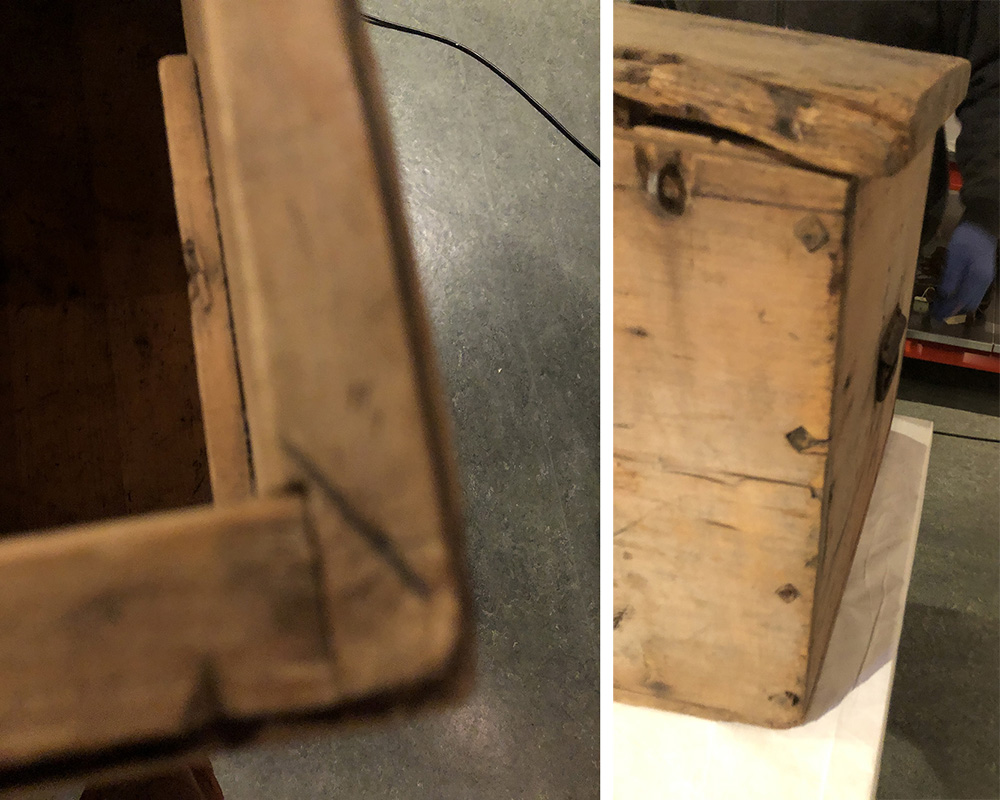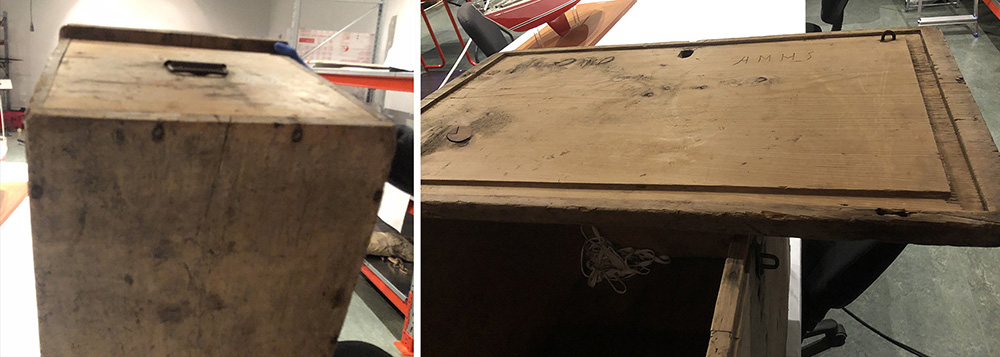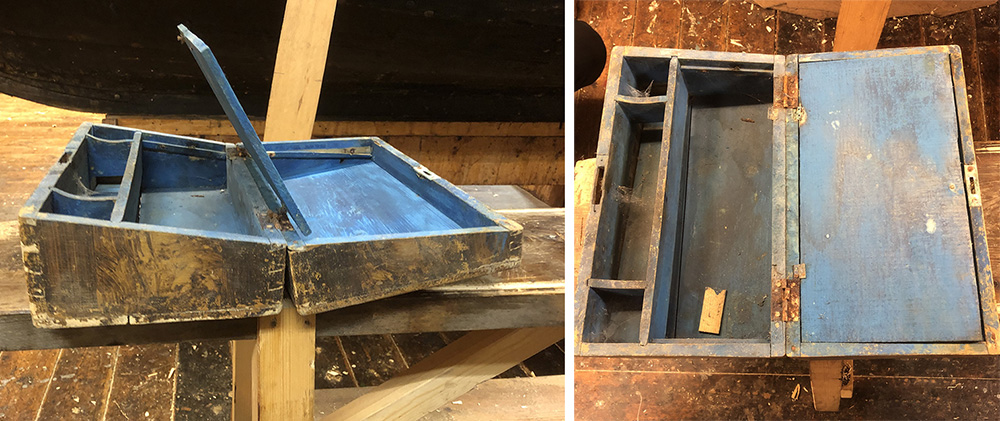
Early Norwegian Sea Chests
Wooden storage boxes have long been considered a great woodworking project with challenges varied enough to meet skill levels from beginner to advanced.
Wooden storage boxes have long been considered a great woodworking project with challenges varied enough to meet skill levels from beginner to advanced. When I think about boxes, I love considering all the different ways to make joints. A box can be seen as an exhibition of wood joinery. In particular there is a maritime tradition around sea chests; boxes sailors packed their belonging in when they shipped out to sea. What is often seen as the classic sea chest looks something like what is described in this this Fine Woodworking article. It has dovetailed corners, sloping sides, and big rope beckets for handles. This style, I believe, likely came into existence in the golden age of sail in the mid 16th century when navies around Europe were building many masted ships with complex rigging. They are difficult wood working projects that were made by fine craftsmen.
In my travels around Norway I saw many other kinds of wooden sea chests. For as long as men have been going to sea, they have had a need for boxes, both to store their belongings and freshly caught fish. At the Maritime Museum in Oslo I was shown a very old style of sea chest that may date back to the later viking era. I am excited to share this chest with you because I think it fits into the folk style of woodworking much loved at North House, and is more approachable to a hobby builder than most sea chests.

The box in this image is actually a 20 or 30 year old reproduction of the original. It is a rectangular box built with wide boards.
The corners are joined with a very shallow rabbet cut into the inner edges of the front and back boards. Then those front and back faces are fastened to the sides with small trunnels or pegs. The rabbet is shallow and doesn’t have much holding power—it is mostly to keep the joint square with the trunnels doing the holding.

The bottom is simply face-nailed to the sides. The top is a simple slab with dado cut into it to receive the sides.

Another interesting wooden box I saw I in Norway is this small writing box. It might have been carried by a merchant needing to keep records or a nobleman writing letters. This is a very detailed box with lots of brass hinges. I suppose more in the fine woodworking realm than the folk woodworking exhibited in the previous chest discussed. But what I love about this chest is the way the seam between the top and bottom is angle so that when it is unfolded it provides I nice sloped surface that may be useful when writing on your lap. (Thats right, his may be a very early laptop!) There are also lot of nice little compartments for papers and such.

I will leave you with pictures of a couple other sea chests from around Norway. These are taken from museums and from a paper an intern at the Oslo Maritime Museum wrote and shared with me. I hope you enjoyed this discussion of different styles of Sea Chests and different approaches to building boxes that may come from more folk or more fine wood working traditions.
